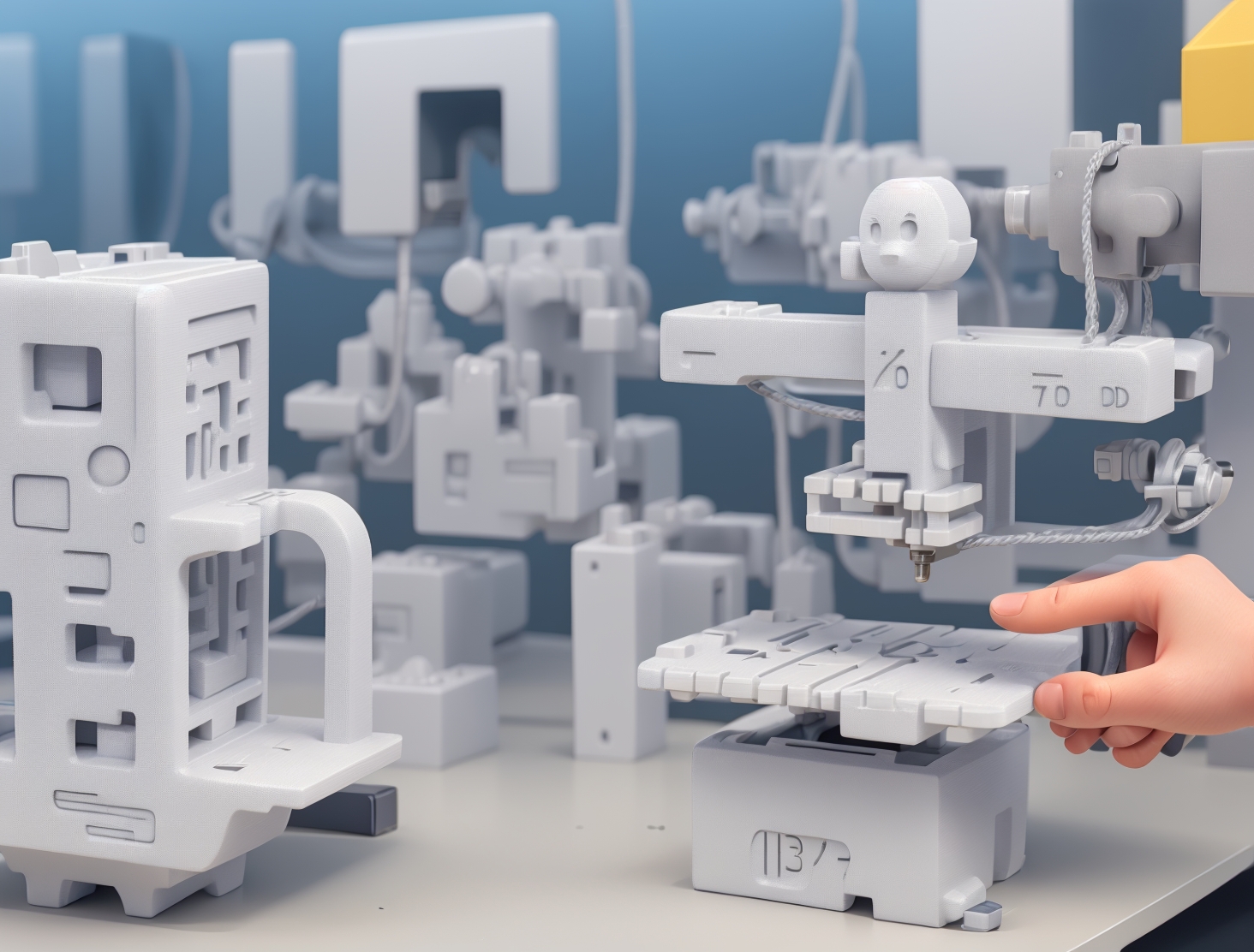The Impact of 3D Printing on Supply Chains
### **The Impact of 3D Printing on Supply Chains**
**3D printing** is revolutionizing traditional supply chains by introducing **on-demand manufacturing** and reducing the need for complex logistics. This transformative technology enables companies to produce goods closer to the point of use, minimizing lead times and cutting down on storage and transportation costs. As **3D printing** continues to mature, its impact on global supply chains is becoming more profound, offering businesses new ways to streamline operations and respond to changing market demands.
#### **How 3D Printing is Transforming Supply Chains**
1. **On-Demand Manufacturing**: One of the most significant benefits of **3D printing** in the **supply chain** is the ability to produce parts or products only when needed. Traditional manufacturing often requires large-scale production runs to justify the costs of tooling, followed by warehousing and distribution. In contrast, **on-demand manufacturing** with **3D printing** allows companies to produce exactly what is required, when and where it is needed, reducing excess inventory and waste.
2. **Localized Production**: With **3D printing**, products can be manufactured closer to their end destination, reducing shipping times and costs. Instead of relying on centralized manufacturing hubs and long-distance transportation, companies can use **3D printers** at local facilities to produce parts or products as needed. This decentralized production model simplifies logistics, cuts down on fuel consumption, and shortens delivery times.
3. **Reduced Lead Times**: Traditional supply chains often involve complex processes that can lead to delays, especially when dealing with overseas suppliers. **3D printing** eliminates many of these hurdles by enabling rapid production. Businesses can respond more quickly to customer orders, market trends, or supply chain disruptions, improving their overall agility. In industries like aerospace or healthcare, where custom parts or prototypes are often needed quickly, **3D printing** offers a competitive advantage by significantly shortening lead times.
4. **Simplified Inventory Management**: The shift to **on-demand manufacturing** means that companies no longer need to stockpile large inventories of spare parts or finished products. Instead, digital files of product designs can be stored and printed as needed, which simplifies inventory management and reduces storage costs. This is especially useful for companies producing customized or low-volume items.
#### **The Benefits of 3D Printing in Supply Chains**
– **Cost Reduction**: By producing goods locally and on demand, businesses can save on shipping, warehousing, and raw materials. Additionally, **3D printing** minimizes the need for expensive tooling and molds.
– **Increased Flexibility**: **3D printing** allows companies to quickly adapt to changes in demand or production requirements, offering greater flexibility compared to traditional manufacturing methods. This is especially valuable in industries where rapid innovation and customization are essential.
– **Sustainability**: The ability to produce items locally reduces the carbon footprint associated with global transportation and distribution. Furthermore, **3D printing** uses only the necessary amount of material, leading to less waste compared to traditional manufacturing processes.
#### **Challenges of Integrating 3D Printing into Supply Chains**
While the benefits of **3D printing** in the **supply chain** are clear, there are also challenges to consider. Scaling up **3D printing** for mass production can be slower than traditional manufacturing methods, and the cost of raw materials for **3D printing** can be higher in some cases. Additionally, not all industries or products are well-suited for **3D printing** due to material limitations or the complexity of certain designs.
Despite these challenges, the technology continues to evolve, and businesses across various industries are finding ways to integrate **3D printing** into their supply chain strategies.
#### **Conclusion**
**3D printing** is fundamentally altering traditional **supply chains** by enabling **on-demand manufacturing**, reducing logistics costs, and increasing flexibility. As businesses continue to adopt this technology, the way products are manufactured, stored, and delivered will undergo significant changes. For companies looking to stay competitive in a fast-moving market, integrating **3D printing** into their supply chain operations offers an opportunity to reduce costs, improve responsiveness, and enhance sustainability.



